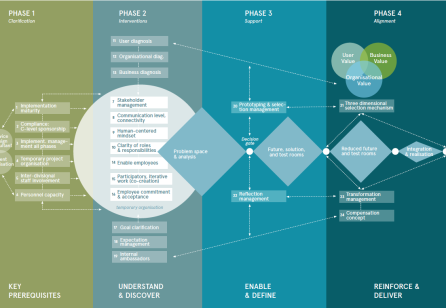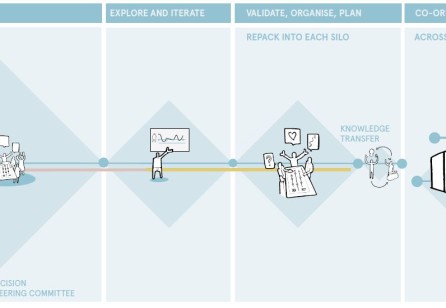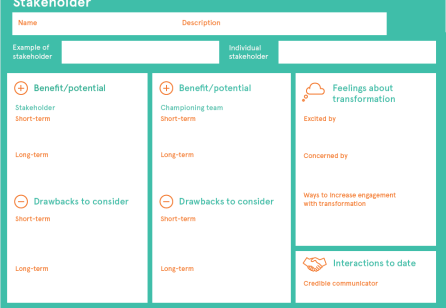As catastrophic climate events spur dis- astrous human and planetary impacts, it’s Clear that current sustainability strategies aren’t meeting international sustainability targets2. Decades of minimal responsive- ness and incremental action have failed.
As sustainability practitioners alarmed by the slow pace of change, we set out to gain a deeper understanding of why we are stuck in an incremental change process when bigger action is urgently needed. We started by exploring the interconnected nature of the sustain- ability challenge and what’s holding transformative change back (see Fig. 1). We also sought out new and emerging approaches and tools for defining and designing for sustainability. Of particular inspiration was Ezio Manzini, Professor of Industrial Design at Milan Polytechnic and a leading expert on sustainable design. His focus is on scenario building toward improved environmental and social outcomes. At Barcelona’s Elisava- Design School and Engineering, his work draws inspiration from the practice of collaborative food networks, describing sustainability at its core as ‘new ways of living and producing’. His work informs an emerging definition of sustainability which is rooted in “a multiplicity of initiatives performed by a variety of people, associations, enterprises, and local governments who, from different starting points, move towards similar ideas of wellbeing and production”4. Our resultant understanding of the macro-systems and current trends that are shaping the sustainability landscape, and emerging models of design for community resilience, provided the foundation for the design case study explored in the article.








Share your thoughts
0 RepliesPlease login to comment